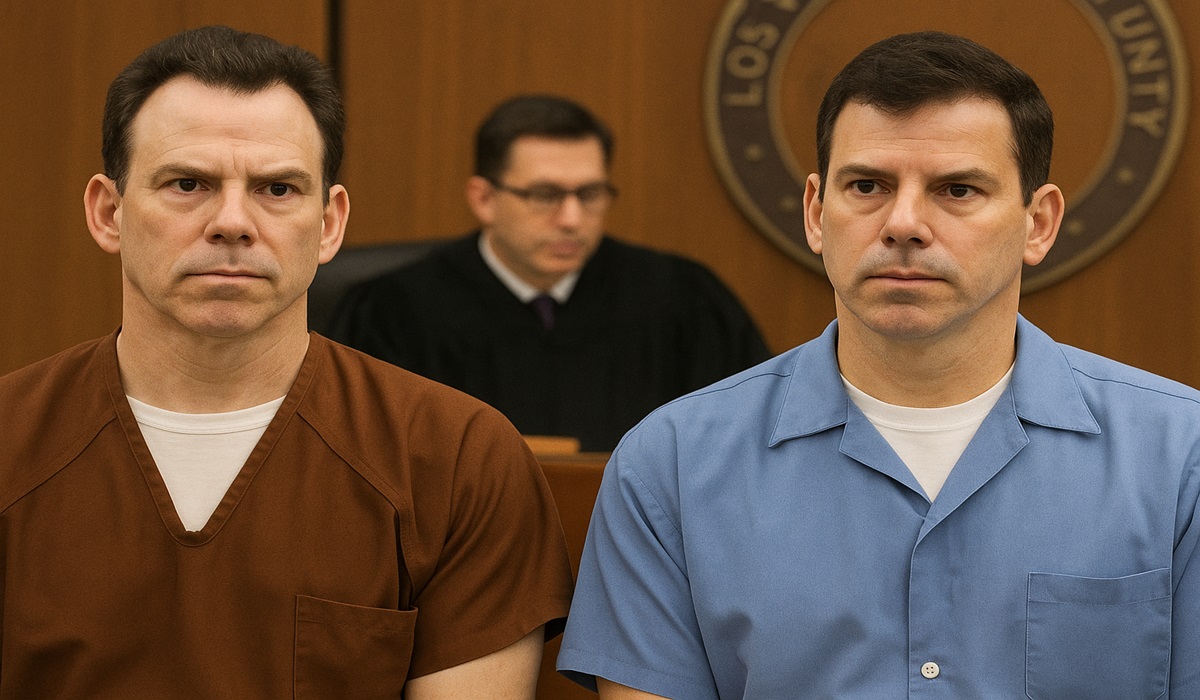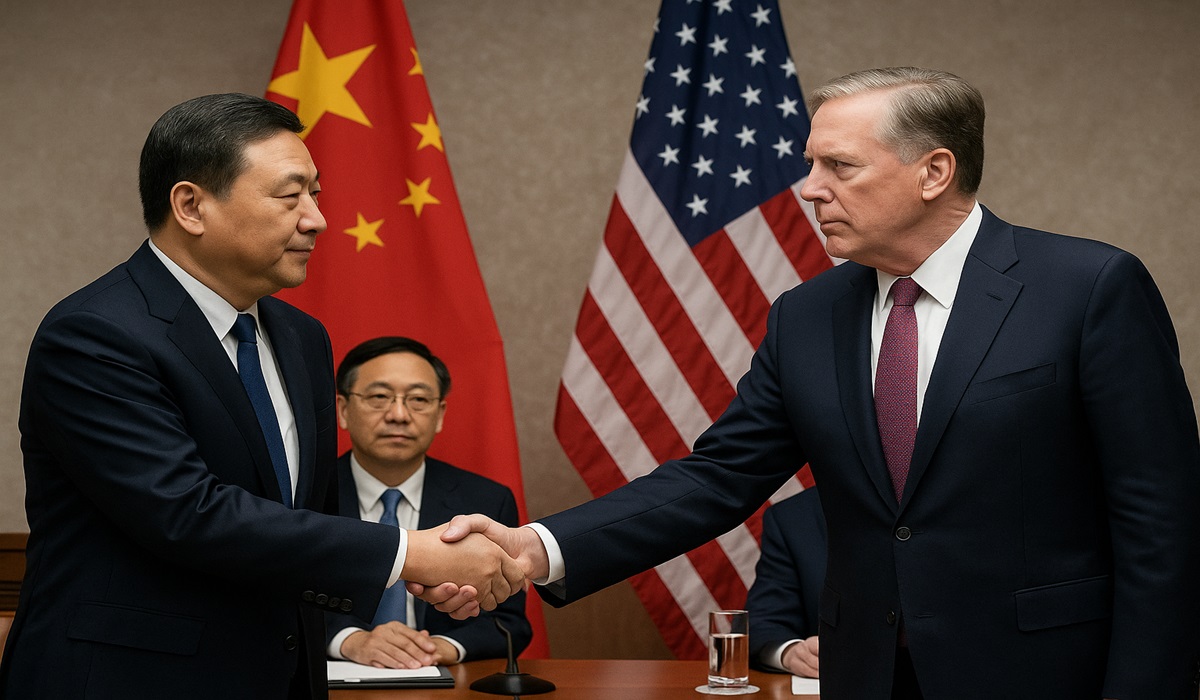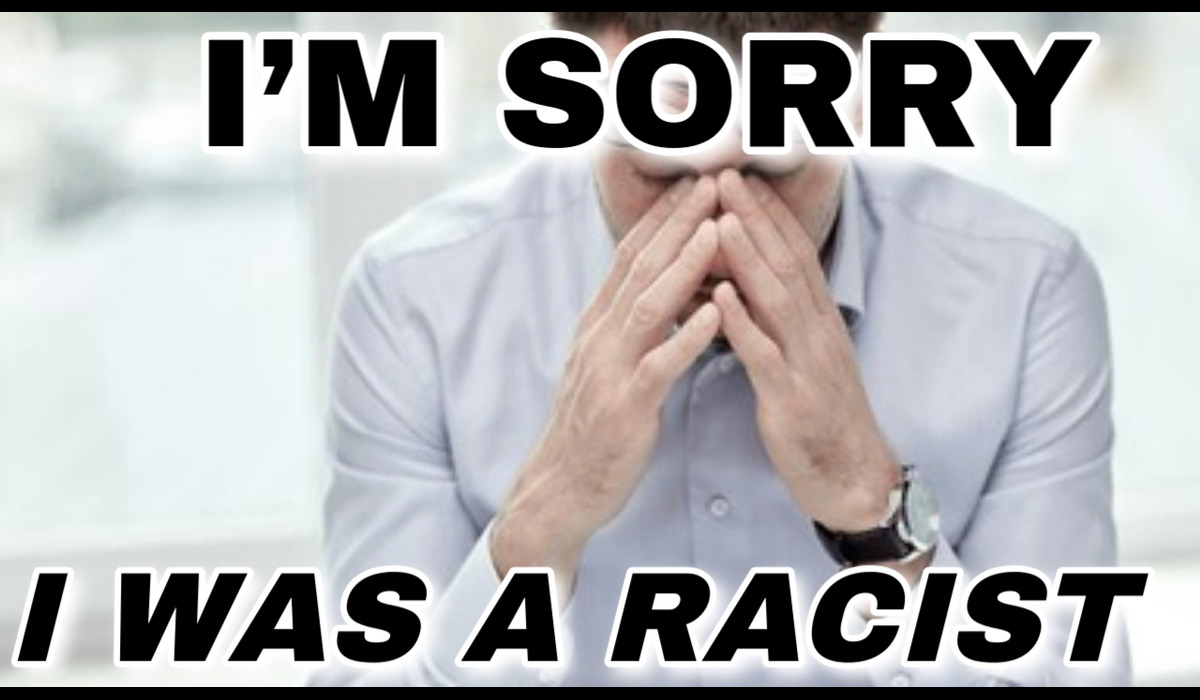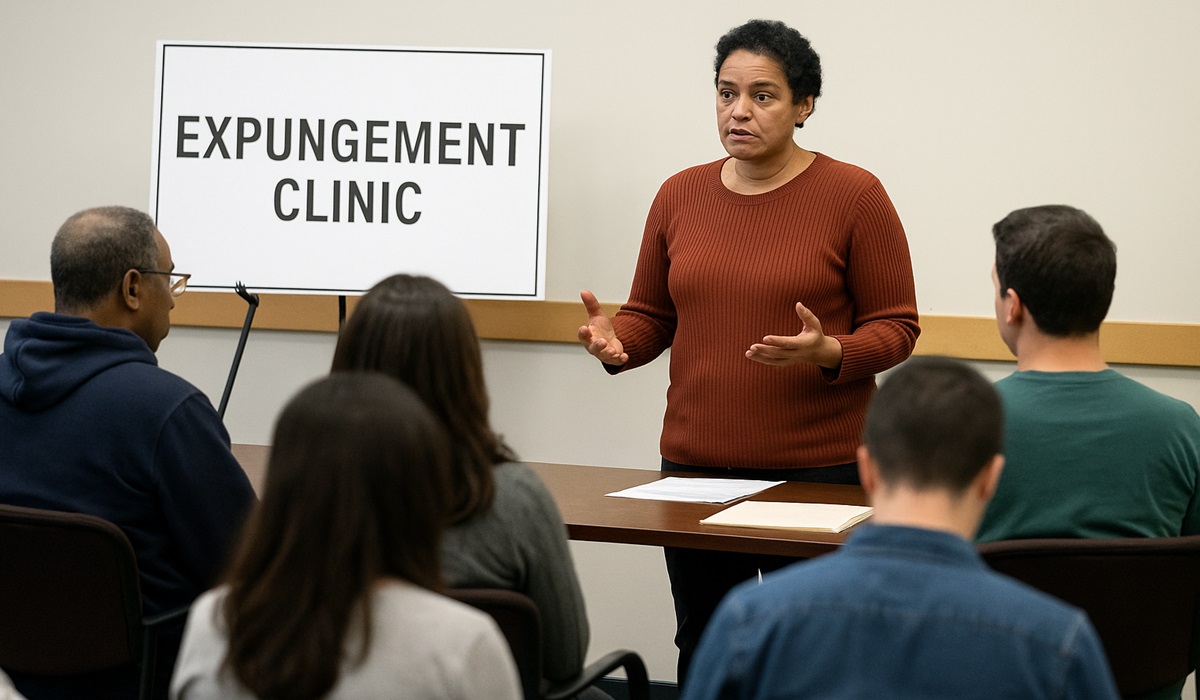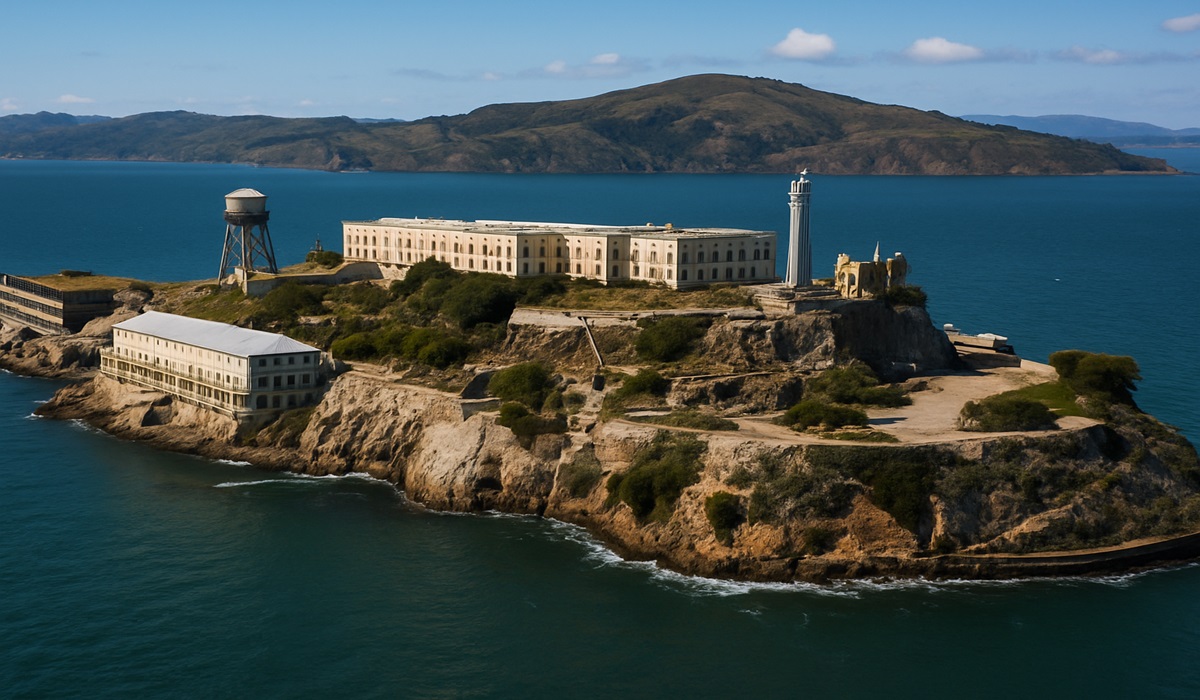How the U.S. Destroyed Haiti and the Clintons Failed to Rebuild It
- Xuemei Pal
- U.S.A
- Forgotten History
- May 16, 2025

Haiti’s entanglement with U.S. imperialism spans over a century—marked by invasions, occupations, economic sabotage, and broken promises masquerading as foreign aid. From the brutal occupation ordered by President Woodrow Wilson in 1915 to the failed post-disaster reconstruction efforts led by the Clintons after the 2010 earthquake, Haiti has been treated less like a sovereign nation and more like an experimental ground for foreign agendas. Each chapter in this long history has left Haitians poorer, angrier, and more distrustful of the so-called “international community” that promised prosperity and delivered pain.
In 1915, after the assassination of Haitian President Jean Vilbrun Guillaume Sam, President Woodrow Wilson sent in U.S. Marines to “restore order.” What followed was a 19-year occupation in which the United States seized control of nearly every aspect of Haitian governance and finance. The justification for intervention was the preservation of American interests in the region, but the real motives lay in protecting U.S. corporate stakes, especially from banks and rubber companies who wanted to exploit Haiti’s land and labor.
One of the most egregious acts during the Wilson occupation was the rewriting of Haiti’s constitution in 1918 to permit foreign ownership of land—something previously outlawed in the Haitian republic. That constitution was penned with the assistance of none other than Franklin D. Roosevelt, then Assistant Secretary of the Navy. With this change, American investors swarmed into Haiti, buying up land and tightening their economic grip. Wilson’s administration didn’t just tamper with Haitian sovereignty; it looted it. In a calculated financial move, U.S. Marines forcibly removed $500,000 (a vast sum at the time) from Haiti’s National Bank and sent it to New York, consolidating U.S. control of the country’s monetary system.
The occupation’s cruelty extended beyond financial plunder. The U.S. implemented a corvée labor system, a form of modern-day slavery, where Haitians were forced—often at gunpoint—to work on roads and infrastructure that benefited American commercial interests more than the Haitian people. Resistance was fierce but met with violent suppression. It’s estimated that as many as 15,000 Haitians died as a direct result of the U.S. occupation, which was not only unnecessary but devastatingly exploitative.
Fast forward to 2010, and Haiti was again in crisis—this time following one of the most catastrophic earthquakes in modern history, killing over 200,000 people and displacing more than a million. Into this chaos stepped former U.S. President Bill Clinton, who was appointed the UN Special Envoy to Haiti and co-chair of the Interim Haiti Recovery Commission (IHRC), alongside then-Haitian Prime Minister Jean-Max Bellerive. With billions of dollars pledged by the international community, Clinton promised a new dawn for Haiti. Instead, what followed was a textbook case of disaster capitalism.
Less than 10% of the billions in aid ever reached the Haitian government or local institutions. The vast majority of the funds were funneled through foreign NGOs, international development contractors, and Washington-based firms. In other words, Haitians were largely shut out of their own recovery. Money that could have gone to rebuild infrastructure, hospitals, schools, and housing was absorbed by foreign salaries, overhead costs, and bureaucratic red tape. American contractors got paid, but Haitians remained homeless.
The most symbolic failure of the Clinton-led recovery was the $300 million Caracol Industrial Park, pitched as a solution that would bring 65,000 jobs to northern Haiti. It brought a fraction of that—just over 13,000 jobs by 2017—and displaced hundreds of farmers from fertile land to make way for factories. The much-hyped port meant to support Caracol never materialized. Meanwhile, the park’s environmental impact raised new concerns, and many of the jobs that did emerge were low-wage and exploitative. The project was emblematic of a top-down approach that ignored Haitian voices and prioritized flashy deliverables over long-term development.
Another black mark on the Clintons’ involvement was their role in pushing policies that favored international corporations over Haitian small businesses. One such policy, allegedly supported by Clinton’s State Department, involved pressuring Haiti to keep its minimum wage low to appease U.S. clothing companies. At a time when Haitian workers were asking for a modest increase to $0.61 an hour, lobbying efforts reportedly helped squash that push, keeping the wage closer to $0.31. It was a grim reminder that even in tragedy, Haiti’s labor was still being exploited for cheap U.S. goods.
Moreover, the IHRC—billed as a cooperative body between Haitians and the international community—was effectively controlled by Clinton, who had veto power over major decisions. Haitian members of the commission often complained they were marginalized, their proposals ignored or blocked. Instead of fostering a Haitian-led recovery, the Clintons and their allies orchestrated a foreign-managed enterprise in which Haitian dignity and decision-making were afterthoughts.
There is a painful irony in how the U.S. repeatedly inserts itself into Haiti’s fate. The Wilson-era occupation was justified by racist paternalism cloaked as “civilizing” intervention. The Clinton-led reconstruction was sold as humanitarianism but operated like a business venture. In both instances, Haitians were denied agency, treated as problems to be managed rather than people with the right to self-determination.
Haiti’s enduring struggle is not for lack of resilience or ingenuity—it is the result of over a century of being undermined, first by foreign military intervention and later by the hollow promises of international aid. The same countries that destabilized Haiti through occupations, embargoes, and economic meddling are now the ones posing as its saviors. But how can you rebuild what you helped destroy, if you’re unwilling to let go of control?
There are hard lessons to be learned here, but they must begin with the truth. The United States owes Haiti more than apologies or cosmetic aid efforts—it owes reparative justice. And those like the Clintons who promised to lead Haiti into recovery must be held accountable for where that leadership ultimately led: a trail of unkept promises, economic failure, and a deepened mistrust of foreign aid that still lingers today.
Until Haiti is allowed to build for itself, without strings attached, foreign boots on the ground, or foreign fingers in its treasury, it will never be free. And that is exactly how the so-called “international community” seems to want it.


